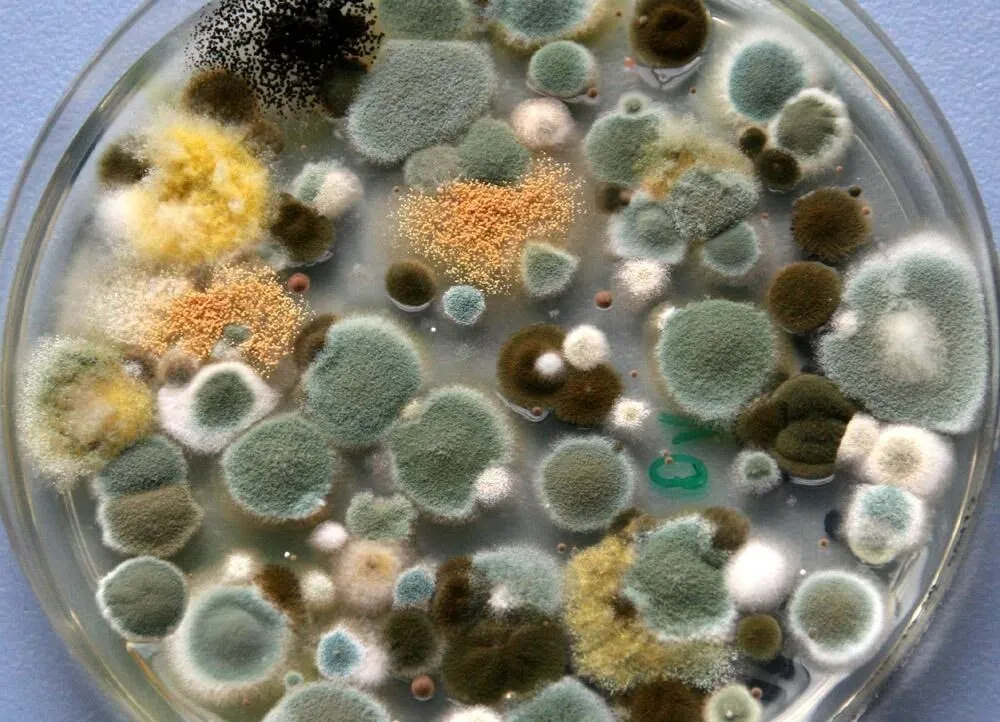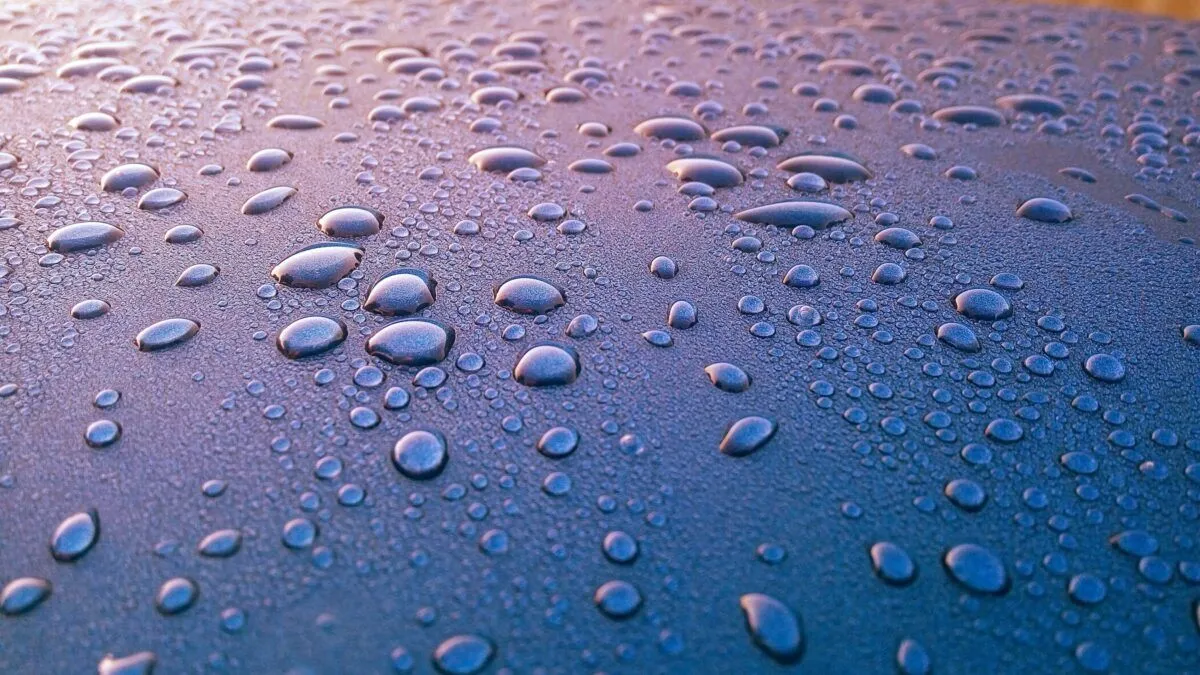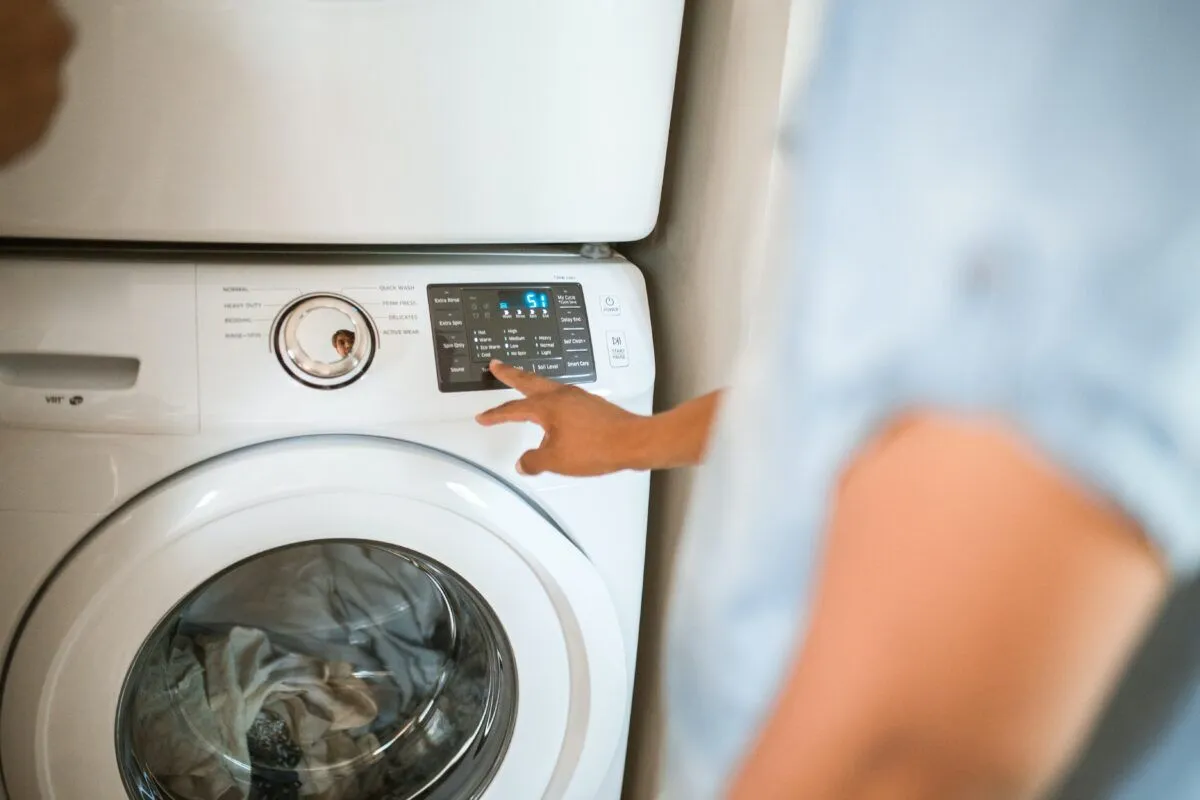What to Do When You Find Mold in Your Home

Mold remediation Mold contamination can have serious implications for your health and your family members. A health report shows mold can cause red eyes, allergic reactions, skin rash, and a runny nose. Those with weak immune systems, children, seniors, and those with chronic illnesses are at a high risk of mold complications. Throughout the nation and here in Tampa, mold remediation is essential. If you find mold in your home, you should remove it and prevent further growth. Here is a guide to mold remediation and measures to ensure mold does not return to your home.



